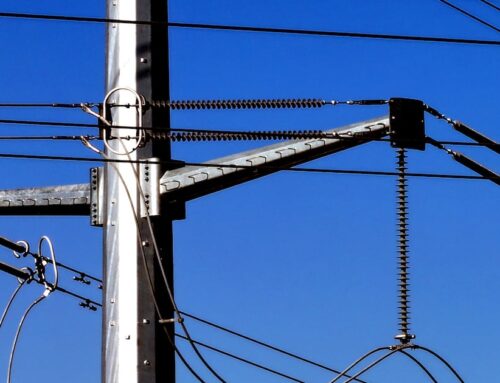Is solar power worth it? How Ohio is leading the charge
May 15, 2025
The state of Ohio has emerged as the No. 1 solar manufacturing hub in the United States.
COLUMBUS, Ohio — As central Ohio grows, so does the need to power all the new homes and businesses. And with each ray of sunlight, people like Noah Faust say getting solar panels put on his house was the best money-saving step.
“Once we’ve had it for nine years, it’ll pay for itself and after that, it’s just free money,” he said on a sunny afternoon from his Clintonville home backyard.
Three years ago, Faust and his wife signed up for a program administered by the national nonprofit organization Solar United Neighbors and supported by the City of Columbus. Since 2021, central Ohioans have saved over $3 million on energy costs. Now called Switch Together, the city is expanding the program to include people outside the capital city.
“It is free to join and learn, and then once you get through that process and you understand how much solar can really save you on your energy bills and you pay your deposit and you work directly with the installer,” says Cassie Johnson, buildings and energy coordinator for Sustainable Columbus.
The program leverages the collective purchasing power of participants to secure discounted prices from local solar installers, on top of the 30% federal tax credit.
This story is part of 10TV’s “Boomtown” initiative — our commitment to covering every angle of central Ohio’s rapid growth. This includes highlighting success stories, shining a light on growing pains and seeking solutions to issues in your everyday life.
Faust showed his electric bills in the past year which have traditionally hovered under $20 a month. However, in May 2024, his bill went as low as $3.59.
“I have a deal with AEP where basically I get credit on my bill for every kilowatt that I give them,” he explained.
“So, on days like today where I’m not running my air conditioning, I’m not using a lot of electricity, but it’s really sunny and my panels are generating a ton of energy, I’m actually back feeding that energy into the grid,” he added, explaining how it feels like he’s actually making money from his solar panels.
In 2024, the U.S. solar industry saw record-breaking growth, adding an unprecedented 50 GW of new electric capacity to the grid, more than any other energy source has added in a single year in over two decades.
“We built 50 gigawatts of solar plus storage,” says Abigail Ross Hopper, President and CEO of the Solar Energy Industries Association (SEIA). “In terms of our electricity demand and what that means is that we need every source of electricity to be able to build, to be able to compete, to be able to provide electricity.”
The state of Ohio has emerged as the No. 1 solar manufacturing hub in the United States, with companies like Illuminate, USA in Pataskala on track to produce 9.2 million solar panels a year. It is the largest solar manufacturer right now in the United States.
“We’re keeping up and we’re continuing to watch the demand,” says Brittany Rogers, Chief Human Resources and People Officer for Illuminate. “We really want to support that continued growth because this is great for ourselves and for future generations to come.”
Illuminate USA not only is changing the energy game but also people’s lives. Rogers says beyond building a work culture where employees feel valued with flexible work hours, the company prides itself on knowing it is fulfilling a demand in a region booming with data centers and other industries in need of energy.
“We want to be part of a way to help that,” Roger says. “And so, our panels are helping to reduce those costs on the energy front. It’s also helping to leverage our renewable energy, which is important to us to create a sustainable environment.”
But selling solar isn’t always sunny. Local realtors say they often advise against it given the time required to recoup the initial investment. And the typical limited warranty is just one more “utility” for a homeowner to maintain.
People like Noah Faust say in the long run, it’s worth it.
“My bills would be way higher if it weren’t for the solar panels.”
Solar energy supporters say they know there are critics who are concerned about the potential environmental impacts like habitat loss and farmland displacement. But the SEIA say there’s no reason to choose one versus the other.
“If Ohio wants to stay at the forefront of the manufacturing renaissance, stay at the forefront of this economic development, you’re going to need reliable, affordable electricity and solar and storage are a part of that,” Hopper says.
Search
RECENT PRESS RELEASES
Related Post


